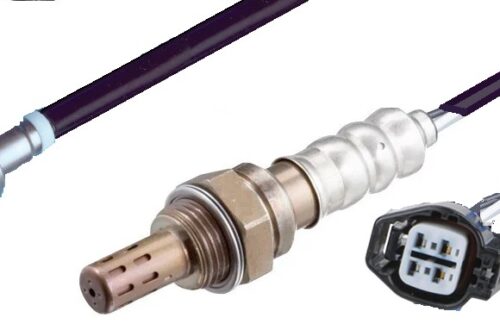Diesel - Fault diagnosis
This category contains the list of articles related to fault diagnosis. The rticles describe the faults appearing on the engines and make the list of the possible causes.
-
3 steps to diagnose easily Oxygen sensor troubles
You are suspecting the oxygen sensor to be faulty but you are still not sure? Following these three simples steps will help you to get a clear statement. Warning! Disclaimer: This site and the author are not responsible of any misuse of the provided information. The information is only given to help for fault diagnosis. Injuries, electric shocks, burns and other life threatening hazards can be a result of an inappropriate action on the engine. If you are not familiar with engines and not sensitized to the safety procedures, please contact a professional. Any action on the car and its consequences are under your sole responsability. Use of a diagnosis…
-
1 simplified procedure to diagnose Blow-by
In internal combustion engines, blow-by is known as the phenomenon related to the escaping of the exhaust gas from the combustion chamber to the crankcase. An ideal sealing does not exist and the blow-by is considered as normal, if it does not exceed a certain flow value. However, after reaching a certain level, it can indicate a wear of the piston rings and maybe also a wear of the liners. Blow-by symptoms and associated cascade failures This symptom appears usually at the same time with other symptoms, like the increase of oil consumption and low performance (reduced available torque). The blue smoke is, by default, the symptom of the oil…
-
Find easily the meaning of your OBD II DTC
OBD (On-Board Diagnostic) refers to the functions implemented in the embedded systems that perform self checks asserting the fulfillment of various requirements. In case of deviations (malfunctions), these functions should save among other data, an indication in the non-volatile memory, in a form of a diagnostic trouble code (DTC). To avoid that every manufacturer comes with its proper list of codes, the DTCs are standardized (SAE J2012 / ISO 15031-6). The manufacturers can still use dedicated unused DTCs, to specify some manufacturer specific faults. These codes are referred as non-uniform DTCs. Below; you can find the list of the standard (generic) DTCs, which are also referred as the core DTCs.…
-
3 easy steps to diagnose a rail pressure sensor problem
You are suspecting the fuel rail pressure sensor to be faulty but you are still not sure? Following these three simples steps will help you to get a clear statement. Warning! Disclaimer: This site and the author are not responsible of any misuse of the provided information. The information is only given to help for fault diagnosis. Injuries, electric shocks, burns and other life threatening hazards can be a result of an inappropriate action on the engine. If you are not familiar with engines and not sensitized to the safety procedures, please contact a professional. Any action on the car and its consequences are under your sole responsability. Use of…
-
8 simple steps to diagnose the car temperature symbol advent
Does the temperature symbol on your dashboard blinks or stays displayed? As you maybe already expected, something is wrong with the engine cooling system or its control. The following steps will help you to troubleshoot the problem. For the analysis, two questions are asked to be able to distinguish between two cases. The case where the light is on at the engine start-up and the case where the lamp is turn on during driving. Warning! Disclaimer: This site and the author are not responsible of any misuse of the provided information. The information is only given to help for fault diagnosis. Injuries, electric shocks, burns and other life threatening hazards…








